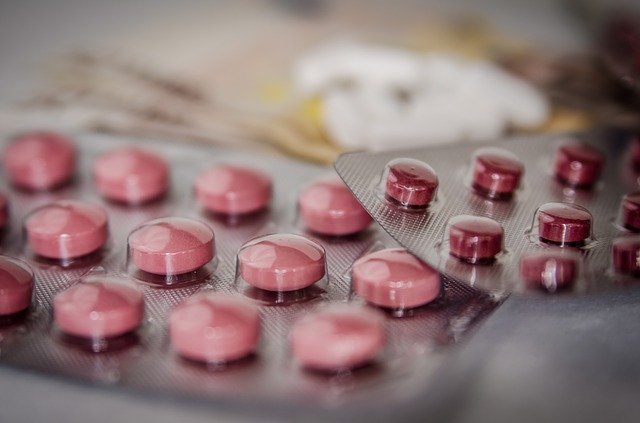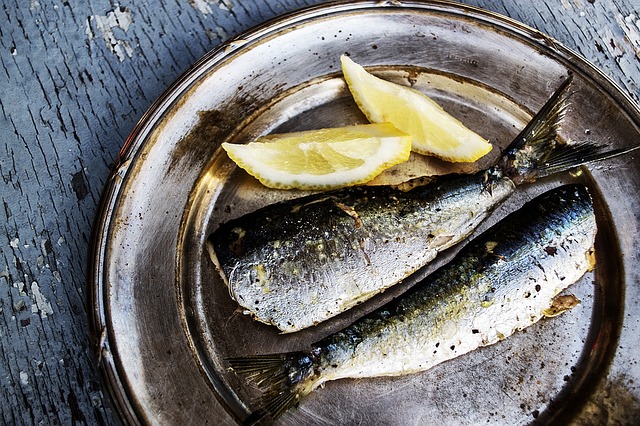Stage 1 Hypertension Overview
Including stage 1 hypertension definition, symptoms, treatment, diet, causes and risks

Stage 1 Hypertension Definition, Causes and Risks
Hypertension stage 1 is part of a new high blood pressure classification that was introduced in the United States in 2003. It is a part of a total of three stages of hypertension progression that a committee of experts which became to be called the JNC7 established amidst much debate and resistance in the hypertension experts community.
Hypertension stage 1 is defined as blood pressure with a systolic reading of between 140 and 159mmHg or a diastolic blood pressure reading of 90 to 99mmHg. Stage 1 hypertension is preceded by the prehypertension stage. It is a stage that marks the setting in of hypertension. When an individual's blood pressure numbers fall into this stage 1, that individual is officially considered to be hypertensive.
Stage 1 hypertension causes can be either related to secondary hypertension or primary hypertension. Primary or essential hypertension causes are not known. What doctors know to exist are risk factors such as being overweight, obese or sodium consumption in excess amounts. Secondary hypertension causes are known and normally are related to specific disorders such as medication side effects, heart disease, liver disease, kidney disease and cardiovascular diseases in general.
Doctors aim to manage a prehypertension condition to ensure that it does not develop or progress to become stage 1 hypertension. When this management or control fails for one reason or the other, a prehypertensive situation may actually progress to become hypertension stage 1. In the majority of the population with prehypertension, 70 million of them in America, the cause of hypertension stage 1 is an endemic lack of awareness of the existence of a prehypertension condition in the first place.
As a result no effort is made to contain, manage and prevent a prehypertensive condition from progressing to stage 1 hypertension. Other causes may include the phenomenon called resistant hypertension were a prehypertensive condition does not respond to any therapy designed to manage it from progressing any further. As mentioned earlier continuing to drink excessively, smoke and leading a sedentary lifestyle yet having a prehypertensive condition will only accelerate progression to hypertension stage 1.
Stage 1 Hypertension Symptoms, Treatment and Diet
The main challenge doctors face when dealing with hypertension is its lack of symptoms. This is true for hypertension stage 1. Largely there are no noticeable symptoms that conclusively point to the presence of hypertension. This is the reason why doctors recommend regular blood pressure checks. It is only through the numbers that one can tell if they have hypertension or not. Today its best for households and individuals to invest in home blood pressure monitors.
On this site, we have a list of our recommended best blood pressure monitors. Hypertension stage 1 symptoms and signs that are time and again mentioned such as mild headache, dizziness, blurred vision and nose-bleeding are not exclusively hypertension symptoms. This essentially means these signs may occur in an individual for some other reason not at all related to high blood pressure. When they occur, however, it is standard procedure to also take blood pressure. It can be remembered however that these symptoms may never occur.
Hypertension stage 1 treatment algorithm will include lifestyle modifications. According to hypertension guidelines that equip doctors on how best to treat hypertension. The initial goal of treatment is to reduce blood pressure to less than 140/90mmHg. This is reduced further down to less than 130/80mmHg for patients with diabetes or chronic kidney disease.
The initial danger that patients with hypertension stage 1 face is damage to organs such as kidneys, liver and the heart. This is medically known as target organ damage. Damage to kidneys may create another hypertension type called renovascular hypertension. Damage to the liver may lead to portal hypertension. The treatment of stage 1 hypertension is also dependent on the existence of what doctors call compelling indicators.
These are underlying medical conditions such as diabetes. Where compelling indicators exists, doctors use high blood pressure meds such a s diuretics, beta-blockers and calcium channel blockers (CCB) amongst others. Without compelling indicators, doctors mostly use thiazide-type diuretics. It can be noted that these drugs contain common side effects which may make some patients very uncomfortable.
Should doctors fail to reach goal blood pressure mentioned above, they can optimize dosages or add additional drugs until goal blood pressure is achieved. The reason for using pharmacological drugs is to quickly lower blood pressure to avoid organ damage as well as stroke and heart attack and even blindness. Lifestyle modifications mentioned above that are necessary in the treatment of high blood pressure will include dietary changes. Stage 1 hypertension diet will entail eating abundant fruits and veggies.
Hypertension stage 1 patients will be recommended to adopt the DASH diet and eating plan. This hypertension diet apart from fruit and veggies in abundance also offers low-fat dairy products and reduced content of saturated and total fat as well as low cholesterol. Recipes for high blood pressure will also be necessary to go along with your hypertension diet. It will also be necessary to reduce sodium intake as part of changes to your diet. The association between salt and high blood pressure is well established through credible expert studies.

Return To Hypertension Guidelines from Stage 1 Hypertension
Return To Hypertension Home from Stage 1 Hypertension
Disclaimer
Information contained on this website is not meant to replace your doctor's advice.
(c) All Rights Reserved. 2010-2018











